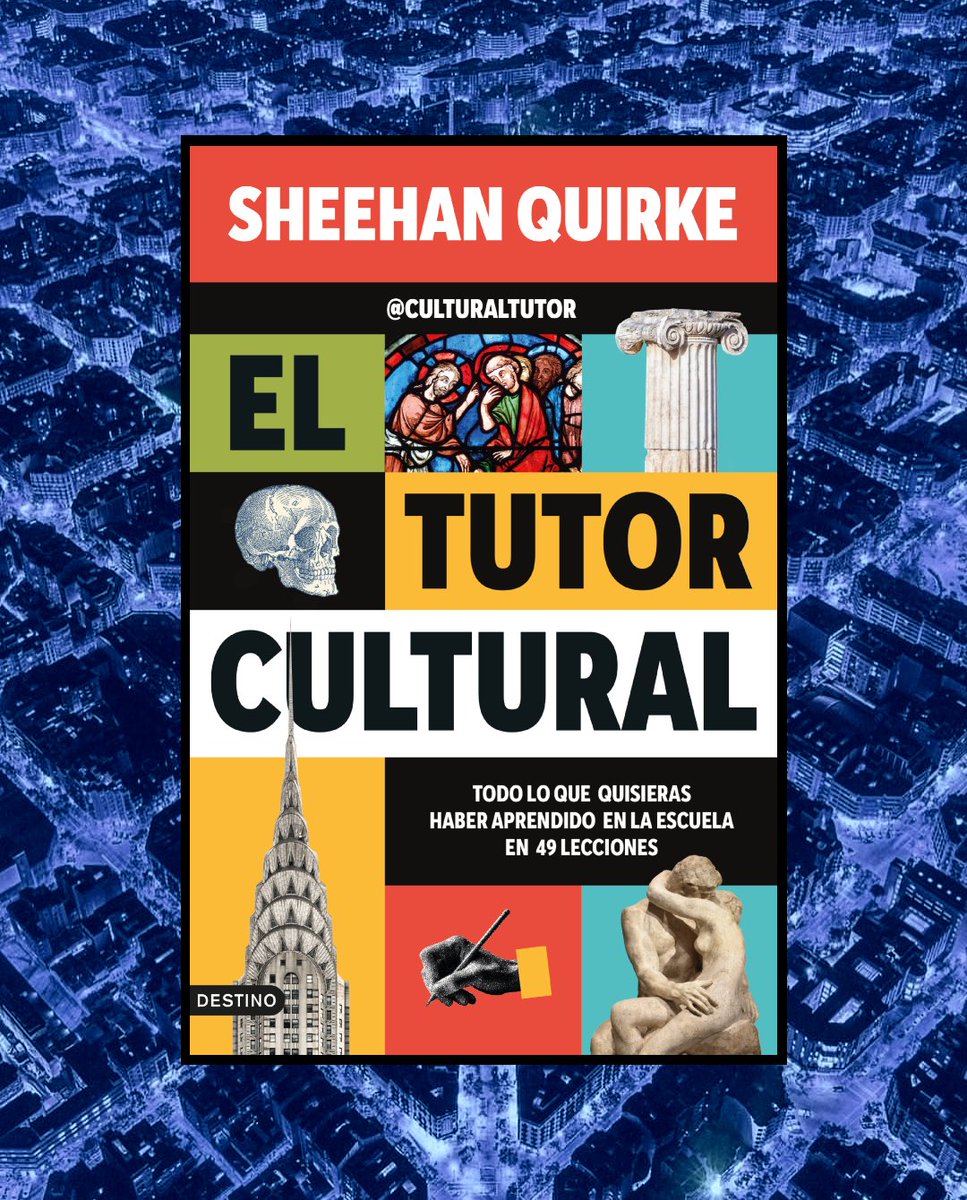If you feel like the world seems increasingly colourless, you're not just imagining it.
Take cars, for example.
Greyscale colours now make up three quarters of cars produced globally, compared to less than 50% in the past.
Take cars, for example.
Greyscale colours now make up three quarters of cars produced globally, compared to less than 50% in the past.

And the change has happened to interior design.
These were the most popular colours of the paint brand Dulux in 2020:
These were the most popular colours of the paint brand Dulux in 2020:

Just compare a typical 1970s home to a modern designer home.
While it is completely understandable if you don't miss the garish colours of bygone eras, it is interesting to note the change.

While it is completely understandable if you don't miss the garish colours of bygone eras, it is interesting to note the change.


Similarly, there is a trend of whitewashing everything - be it made of wood, brick, plaster, or whatever. 

This trend includes just about everything.
Consider this study, which analysed the colour of everyday objects over time.
Its conclusion is clear: neutral and greyscale colours *are* more common than ever.
Consider this study, which analysed the colour of everyday objects over time.
Its conclusion is clear: neutral and greyscale colours *are* more common than ever.

What has caused this change?
And do you think it's for better or worse?
And do you think it's for better or worse?
If you found this thought-provoking then you'll like my free weekly newsletter, Areopagus.
Seven short lessons every Friday to make your week more interesting, useful, and beautiful.
culturaltutor.com/areopagus
Seven short lessons every Friday to make your week more interesting, useful, and beautiful.
culturaltutor.com/areopagus
And here is a link to the fascinating study referenced in this thread.
lab.sciencemuseum.org.uk/colour-shape-u…
lab.sciencemuseum.org.uk/colour-shape-u…
• • •
Missing some Tweet in this thread? You can try to
force a refresh






























